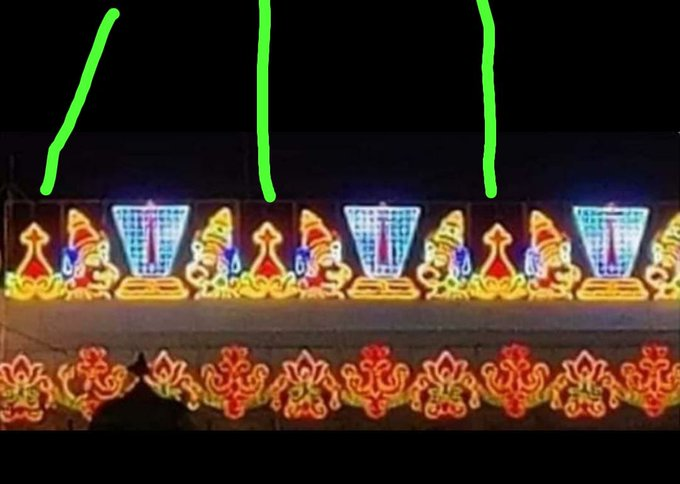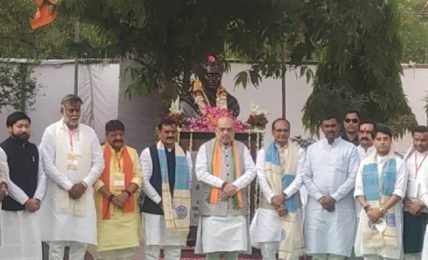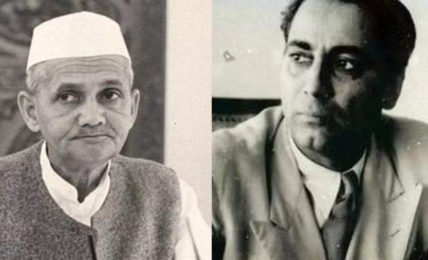Christian Cross Like Lighting At Tirupati Tirumala Removed After Protests
Lighting arrangements at the ancient Tirumala Tirupati temple resembled a series of Christian Crosses interspersed with the Vaishnava motifs. This evoked a huge uproar in the social media following which it was removed.





?